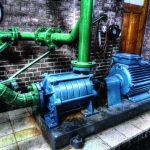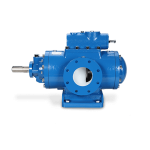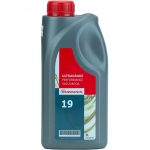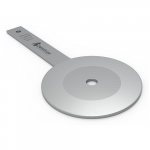In many piping systems, pumps are crucial to the proper operation of the system. In some cases, the intended flow characteristics are not met which causes operational issues. Among those issues is pump cavitation which occurs when air bubbles quickly collapse in the system’s flow. In this article, you will learn the meaning of pump cavitation, how it occurs, and how to avoid it.

What is Pump Cavitation?
Pump cavitation is the effect of the damage that occurs from the implosion of air bubbles in a piping system. Many pumps such as centrifugal pumps utilize impellers to pump a working fluid. When working fluid cavitates, the components of the pump are susceptible to damage. Over time, the contained cavitation on pump internals may lead to catastrophic failure. As a result of cavitation, impeller damage occurs, pump seals become damaged, and housing fails.

Pump cavitation has a variety of different indicators. Some of those indicators within a system include, noise, vibration, component erosion, joint failure, and unusual power usage.
How Does Pump Cavitation Occur?
Pump cavitation is defined as the phenomenon when pressure variances in the working fluid causes air pocket implosions. As defined by Bernoulli’s Law, pressure reduction causes for an increase in velocity. Because of this, in a moving liquid, local pressure dips below the vapor pressure of the working fluid. When this occurs, the liquid becomes susceptible to vaporization at lower temperatures. These subsequent vaporization that happen repeatedly cause for cavitation as air pockets form and implode in the working fluid.

The inlet of a pump is typically the point of lowest pressure in the component. As all pumps operate off of a pressure gradient, cavitation exists in all types of pumps. The formation of bubbles become possible with pressure gradients and the accelerating liquid forces their implosion. The violent and quick implosion of air pockets are the reason for internal damage, and as a result it is often compared to having small pebbles run in the working fluid of a system.
How to Avoid Pump Cavitation

As is the case with most problems, the best way to deal with cavitation is prevention. Cavitation may be accounted for in design but is often hard to completely avoid. Avoiding the utilization of long inlet piping may help reduce the effects of cavitation in a system. Similarly, general maintenance against clogged inlets and fluid filters will also help to prevent cavitation.
Pump Selection
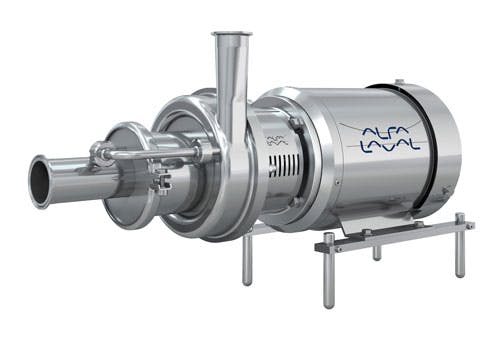
Ensuring the use of the right type of equipment will reduce the likelihood of cavitation. Net Positive Suction Head (NPSH) requirements should be main considerations when selecting a pump for a system. Properly specifying a pump that may produce and inlet pressure greater than NPSH requirements will prevent cavitation from occurring in a system. Similarly, making sure the discharge pressure is not too high will also limit cavitation.
Pump Location and Installation
Placing and installing a pump in the correct location and in the right manner is also crucial in preventing pump cavitation. If a pump is placed where flow through the pump is turbulent, the chances of cavitation are increased. Similarly, ensuring the proper piping length and diameter will ensure a laminar flow that reduces the chances of cavitation. For special cases, installing a pump below the fluid level when connected to a tank also reduces improper flow.

Scheduled Maintenance

Regular maintenance is crucial in preventing cavitation and overall system health. Ensuring filters are clean will reduce the likelihood of build-up in a system, and monitoring pump components will help reduce the chances of cavitation. Similarly, monitoring that a proper flow rate in a system is essential in preventing cavitation as well as general inspection for cracks and other damages that may be an indication of cavitation.
